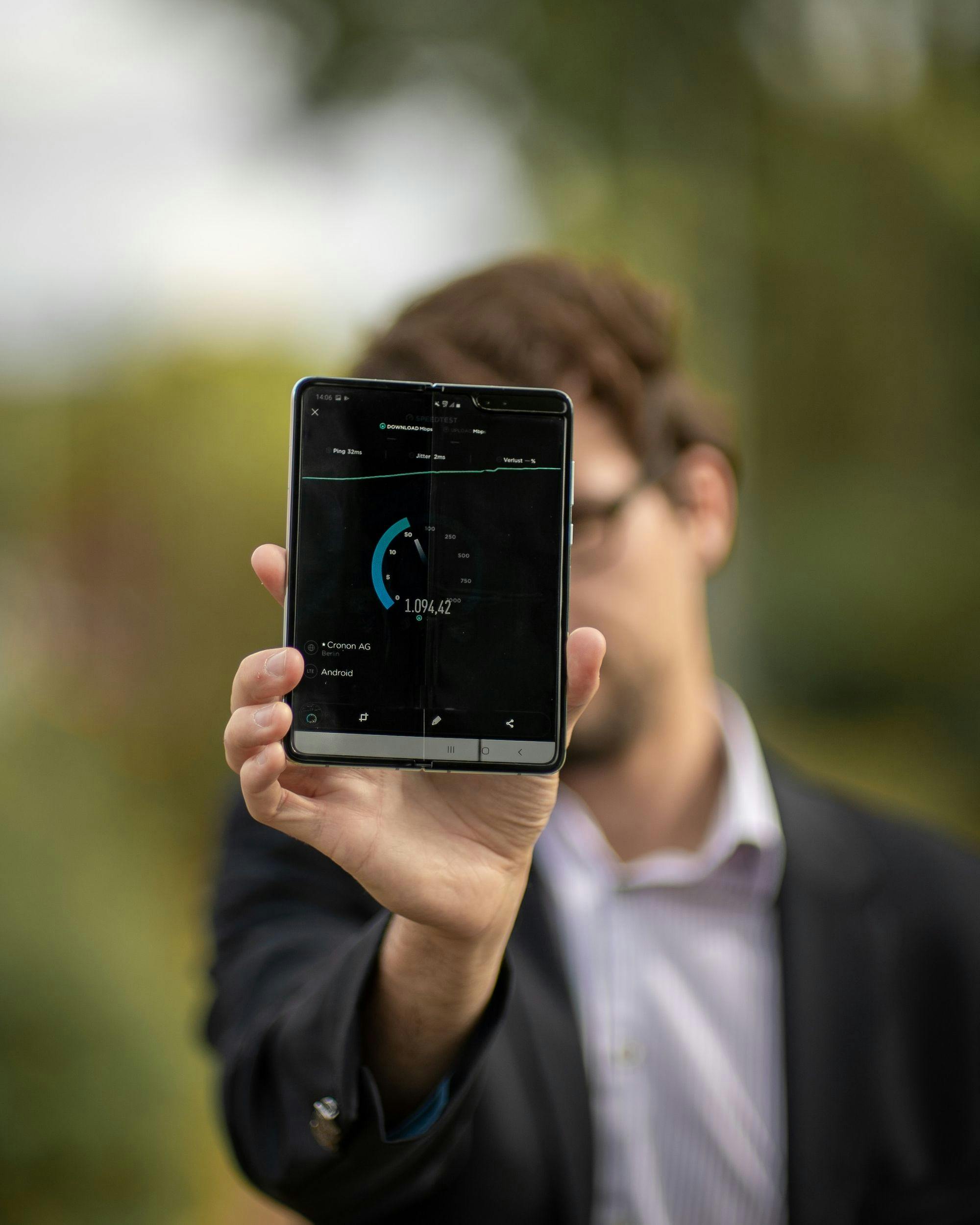Key Features of 5G Technology:
- Unprecedented Speed: At its core, 5G is synonymous with speed. It offers significantly faster data transfer rates compared to its predecessor, 4G. This enhanced speed enables quicker downloads, seamless streaming of high-definition content, and a more responsive user experience.
- Low Latency: One of the defining features of 5G is its remarkably low latency, referring to the time it takes for data to travel from the source to the destination. With latency reductions to as low as one millisecond, 5G facilitates near-instantaneous communication, crucial for applications like real-time gaming, virtual reality, and mission-critical systems.
- Increased Capacity: 5G technology can support a massive number of connected devices simultaneously. This increased capacity is essential for the growing Internet of Things (IoT) ecosystem, enabling the seamless connectivity of smart devices, sensors, and other IoT applications.
- Network Slicing: Network slicing is a key innovation in 5G that allows the creation of virtual, independent networks within the overall 5G infrastructure. This feature enables the customization of networks to suit specific applications, such as enhanced mobile broadband, massive machine-type communications, and ultra-reliable low-latency communications.
- Enhanced Connectivity in Dense Areas: 5G excels in providing reliable connectivity in densely populated urban areas or crowded event venues. The technology is designed to handle a high density of connected devices, ensuring a consistent and fast network experience for users.
Potential Applications of 5G Technology:
- Enhanced Mobile Broadband: 5G brings a quantum leap in mobile broadband capabilities, offering faster download and upload speeds. This translates into a superior user experience for mobile device users, enabling smoother video streaming, high-quality video calls, and faster access to online content.
- Internet of Things (IoT): The massive connectivity and low latency of 5G make it a catalyst for the expansion of the IoT. From smart cities and connected vehicles to industrial IoT applications, 5G facilitates the seamless communication of vast numbers of devices, fostering a more interconnected and intelligent world.
- Augmented and Virtual Reality (AR/VR): The low latency of 5G is a game-changer for AR and VR applications, providing users with immersive experiences that feel incredibly real. From virtual meetings to interactive gaming, 5G's low latency ensures minimal delays and a more convincing virtual experience.
- Autonomous Vehicles: 5G plays a pivotal role in the development and deployment of autonomous vehicles. The low-latency and high-speed connectivity enable real-time communication between vehicles, infrastructure, and traffic management systems, enhancing safety and efficiency on the roads.
- Healthcare Innovations: In the healthcare sector, 5G facilitates remote patient monitoring, telemedicine, and the exchange of large medical data sets. The technology's reliability and low latency enable healthcare professionals to deliver timely and effective care, irrespective of geographical distances.
Impact on Industries and Economies:
- Economic Growth: The widespread adoption of 5G is expected to fuel economic growth by fostering innovation, creating new business opportunities, and increasing productivity across industries.
- Industry 4.0 and Smart Manufacturing: 5G technology is a cornerstone of Industry 4.0, enabling the seamless connectivity of machines, sensors, and devices in smart factories. This connectivity enhances automation, efficiency, and real-time monitoring in manufacturing processes.
- Smart Cities: 5G is a critical enabler for the development of smart cities. The technology supports the implementation of intelligent infrastructure, from connected traffic management systems to efficient energy grids and public safety applications.
- Education and Remote Work: The enhanced connectivity provided by 5G has significant implications for remote education and work. With faster and more reliable internet access, individuals can participate in virtual classrooms, collaborative work environments, and remote meetings with unprecedented ease.
Challenges and Considerations:
- Infrastructure Investment: The rollout of 5G requires substantial infrastructure investment in terms of deploying new base stations, upgrading existing networks, and ensuring widespread coverage.
- Spectrum Allocation: The availability of suitable spectrum bands is crucial for the effective deployment of 5G. Governments and regulatory bodies must allocate and manage spectrum resources to avoid congestion and interference.
- Security Concerns: As connectivity increases, so do cybersecurity risks. Protecting 5G networks from cyber threats is a paramount concern, requiring robust security measures and industry collaboration.
- Global Standardization: Achieving global standardization for 5G is a complex task, as different regions may adopt varying frequency bands and technologies. Harmonizing standards is essential to ensure interoperability and seamless global connectivity.
Conclusion:
5G technology stands at the forefront of the digital revolution, poised to redefine the way we connect, communicate, and innovate. With its unprecedented speed, low latency, and capacity for massive connectivity, 5G opens the door to a new era of possibilities across industries and societies. As the world embraces the potential of 5G, addressing challenges related to infrastructure, security, and global standardization will be crucial in unlocking the full transformative power of this revolutionary technology. In the years to come, 5G is set to reshape the digital landscape, fostering a more interconnected, intelligent, and innovative world.
